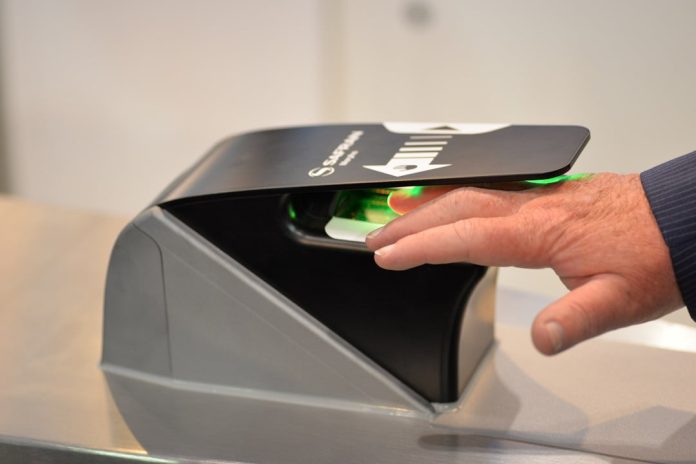Security 2015 Expo was a great opportunity to take a look at the best new electronic security products. There was plenty of good stuff and it was readily possible to discern the ongoing development of key trends in the market.
HELD in Melbourne for the second year, Security 2015 Expo, saw good numbers – as usual, the biggest day was Day 2 – and loads of fun things to play with. If I had a gripe with the event it was that I needed one more whole day to get around all the stands. Yet again there were stands I did not get to spend time on and when you’re talking about the latest developments in the industry, it’s poor form not to have seen everything before drawing your conclusions.
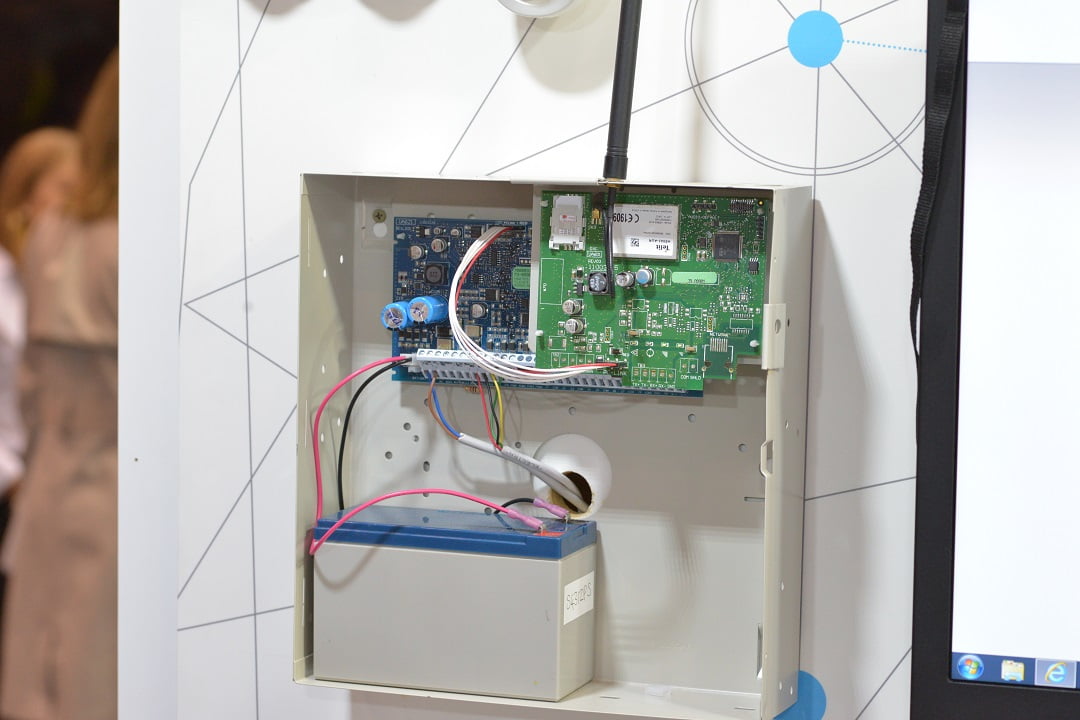
DSC NEO control panel
I think we can agree the electronic security market is now a mature market. We are not going to see the same lateral technological steps we saw in the giddy years between 2005 and 2010 when anything seemed possible. Instead what we are seeing is a market that is fulfilling the promise of those years.

Insight from CSD
Over-arching trends across all technologies? Definitely mobile interfaces – I lost count of the number of times a product was demonstrated to me using a smart phone or smart watch. From being the precinct of pioneers, mobile interfaces for users and installers are a wider industry movement. Another trend is that cost reduction in some low end hardware is resulting in products feeling a bit flimsy.
Home automation
Things that struck me straight up were the ubiquity of alarm and home automation solutions – this is now the new normal – but there were variations in the way such solutions are packaged. We’ll come back to this later on but Ness’ Mezzo, which scored the organiser’s Best New Product Award, was the standout in this regard. I think the alarms market has been reaching for a solution that captures form and function in a way that fires user imagination for 5 years or more. That this product was designed and built in Australia at Ness’ Seven Hills factory makes Ness Mezzo very cool.
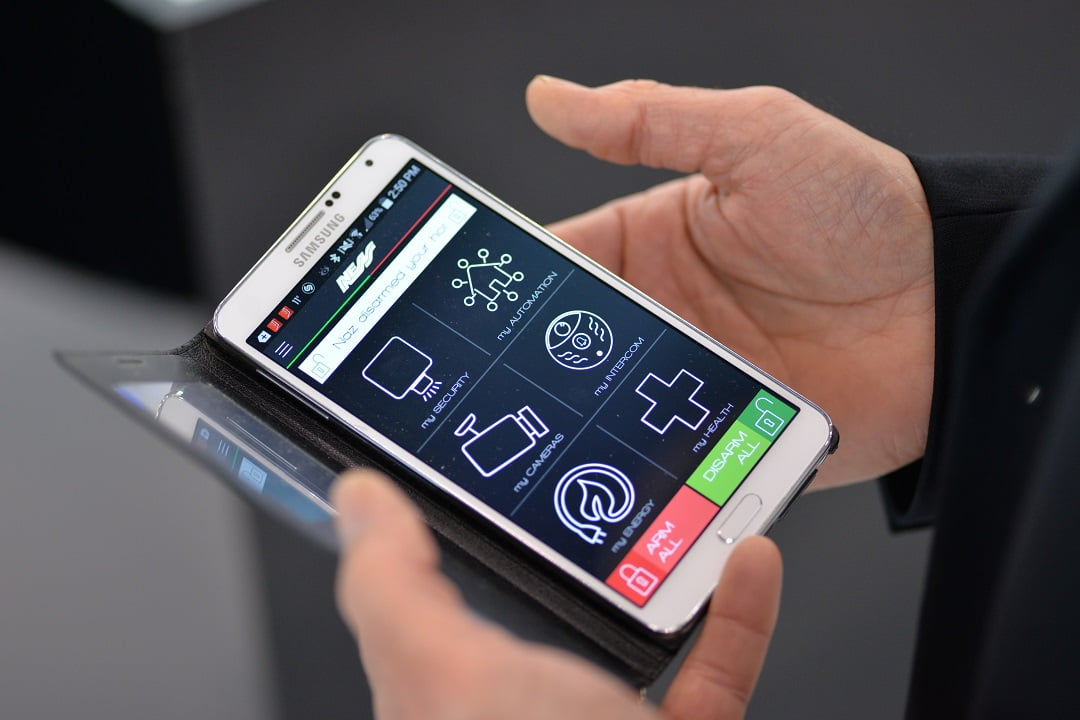
Ness Mezzo app
There was plenty more in alarms and automation. Hills released Tyco’s DSC NEO, which picked up best product at ISC West 12 months ago. Combined with the Alarm.com app and a swag of remote devices, NEO is a solution we’ve admired for some time and it’s great to see it hit the market. I spent some time getting a run-through of this solution and it’s powerful, even fun. The ability to monitor energy usage – I liked that. Something else that was good to see was the Alarm.com enabled Impassa controller, which turns existing Impassa solutions into security and home automation systems.

Alarm.com Smart Watch app
CSD was showing Paradox Insight, which leverages HD video and audio with a motion detector and a self-monitoring app that lets end users remotely monitor home or office. Bosch was showing the Solution 2000 and 3000 security and home automation systems we’ve discussed before but what was interesting was the event which took place on the last day of the show when RACV signed up with Bosch to supply Solution 3000 and 6000 panels to its members – alarms and automation functionality. RACV puts in hundreds of systems a year so it’s no small win but in the wider sense it shows what the end user market is coming to expect. More, much, more.
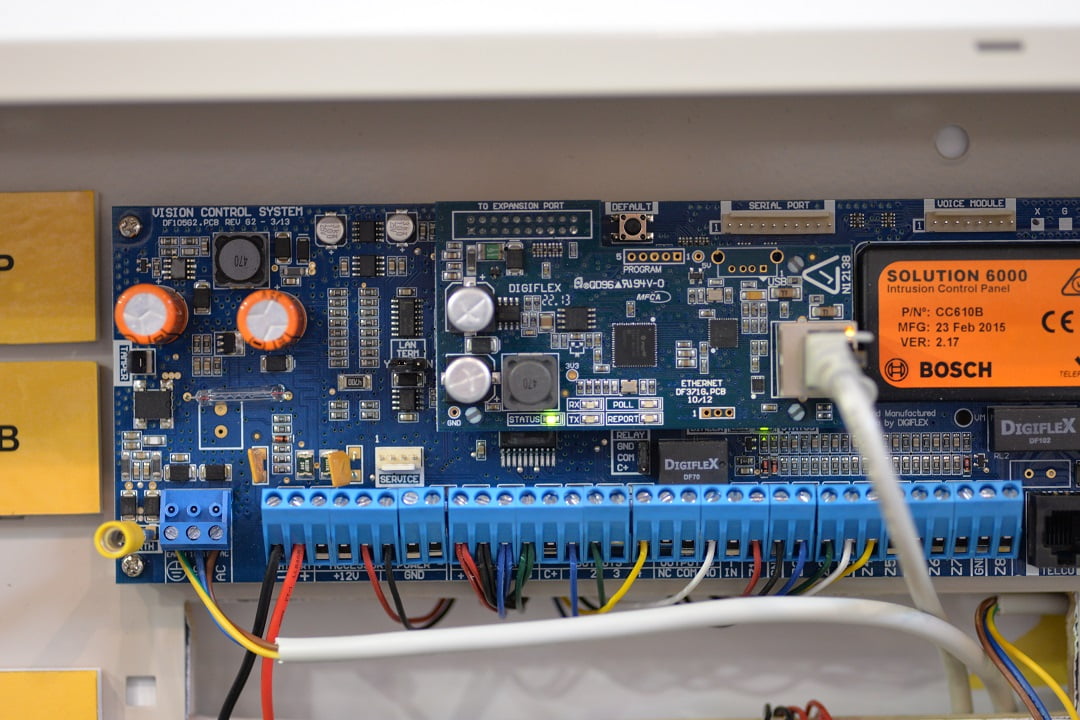
Bosch Solution 6000 control panel
There was a new Tecom Mobile app allows users to perform the most important functions on their favourite Apple or Android device. The latest version of Challenger panel firmware gives the ability to control lighting via CBus automation controls. A display showed Challenger 10 linked to a constellation of controllers, DGPs, relay cards and RAS units.
Honeywell has had security and automation covered for a number of years with VISTA Automation Module (VAM). With VAM, users can also view cameras, control their security system, lights, locks and thermostats, locally or remotely via their mobile device — with no monthly fees. The Honeywell team was also showing off new Z-Wave automation devices and these were excellent rubber-meets-road enablers that allow enterprising installers loads of latitude to let their imaginations go in a modular and affordable ecosystem.
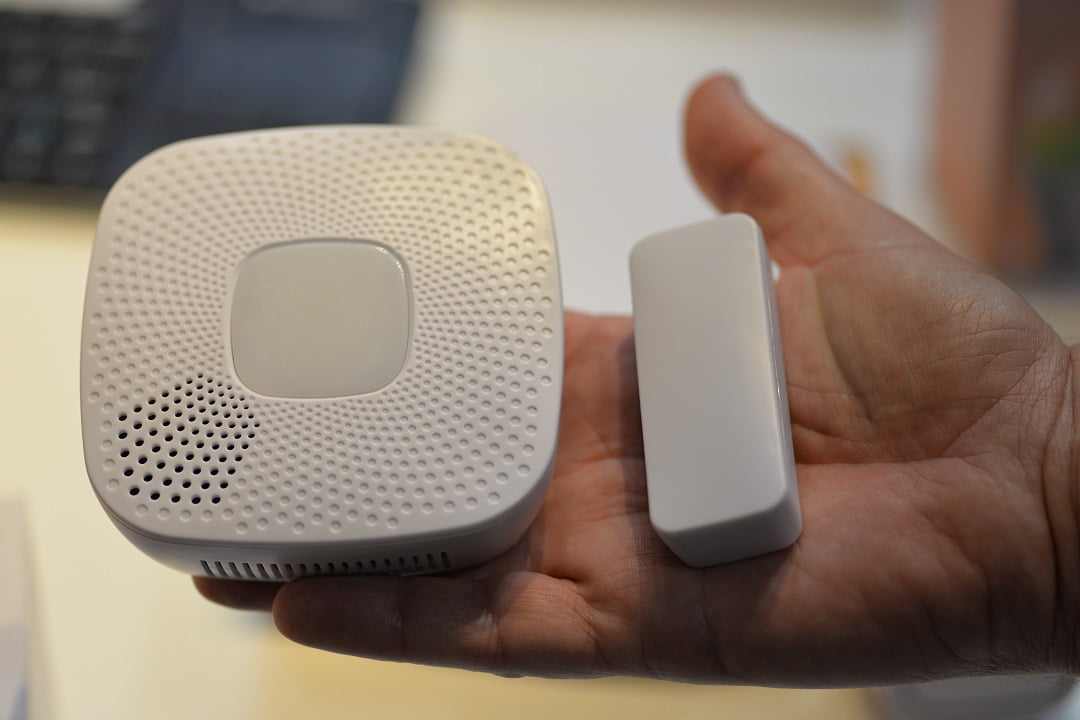
Honeywell automation sensors
At Security 2015, Honeywell was also showing off the results of a program to integrate all its solutions into umbrella management solutions. Using the term ‘proprietary PSIM’ is probably inappropriate but when it comes to Honeywell, which has such a huge spread of product, it’s a phrase that gets the message across. You can link and manage anything Honeywell with anything Honeywell – fire, security, access control, CCTV, automation, intercom – whatever.
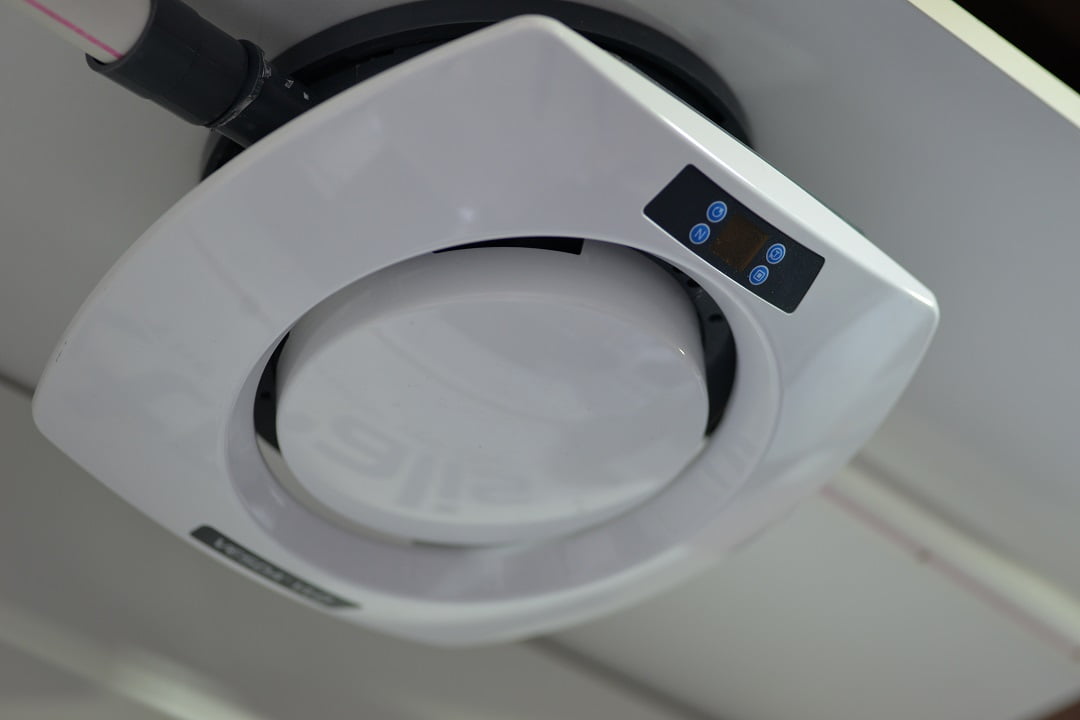
Vesda VLQ
While we are talking about alarms, I was taken with the Xtralis VESDA VLQ smoke detection unit on the Hills stand, which links to any alarm panel and allows installers to put A Grade smoke detection into small and medium business environments. The price to the trade is around $A700, making this a beautiful add-on. In the past, specialist installers would be been required and a small VESDA system may have cost $A4000.

Takex PIR-T15WE
Along with its range of industry-leading PE beams which are impervious to movement of shrubs and grass; condensation, including rain and fog; as well as strong light sources, Takex was showing the striking new PIR-T15WE sensor that incorporates an LED array allowing precise detection area adjustment, ensuring you get greatest sensitivity where you need it most. The T15WE can be installed at heights of up to 6 metres and has a 15m x 80-degree coverage.
Access control, intercoms and other things
Access control was another area that was of interest to me and the products that caught my eye included Inner Range’s new Inception access control and intrusion panel with local intelligence and an onboard web server. Inception is in beta at the moment – Inner Range is a stickler for long shakedowns – but I really like this system.
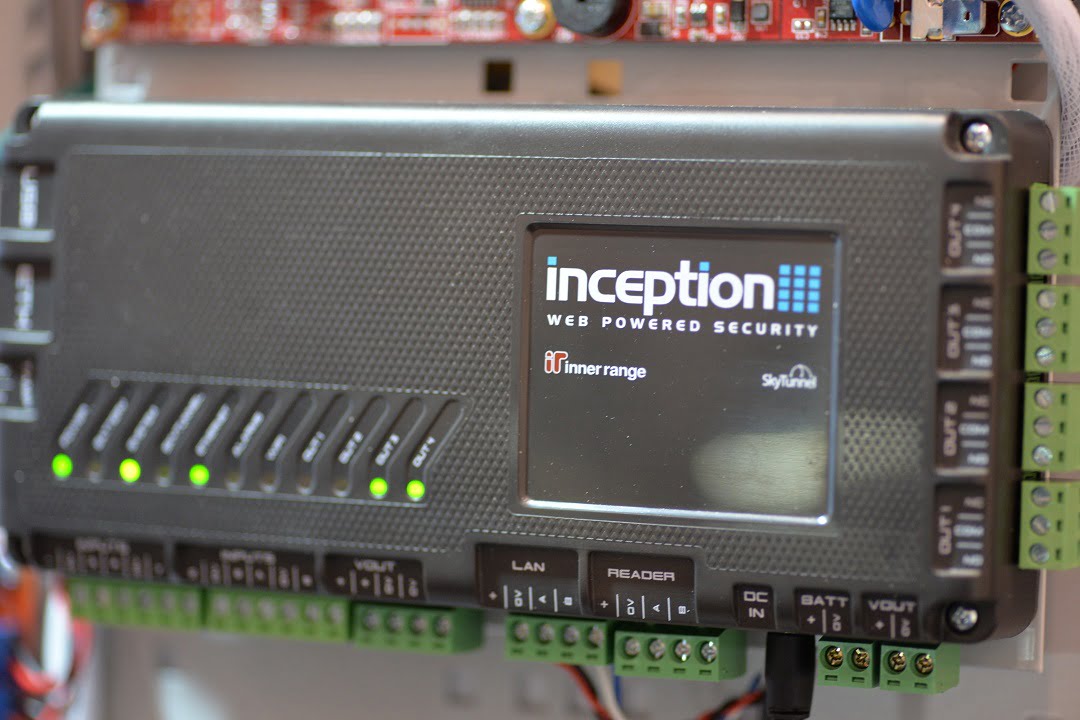
Web browser-powered Inception Solution from CSD
One of the challenges of access control is managing the database, applying permissions and all that painstaking stuff. Inception makes all that evaporate thanks to a fully responsive display of Inception's web pages on a smartphone or tablet's browser that nearly does all the work for installers. My initial take away from viewing Inception, which we’re looking forward to reviewing very soon, was that this functionality provides greatest support for the installer. But then the boys showed me its mobile management capabilities for end users.
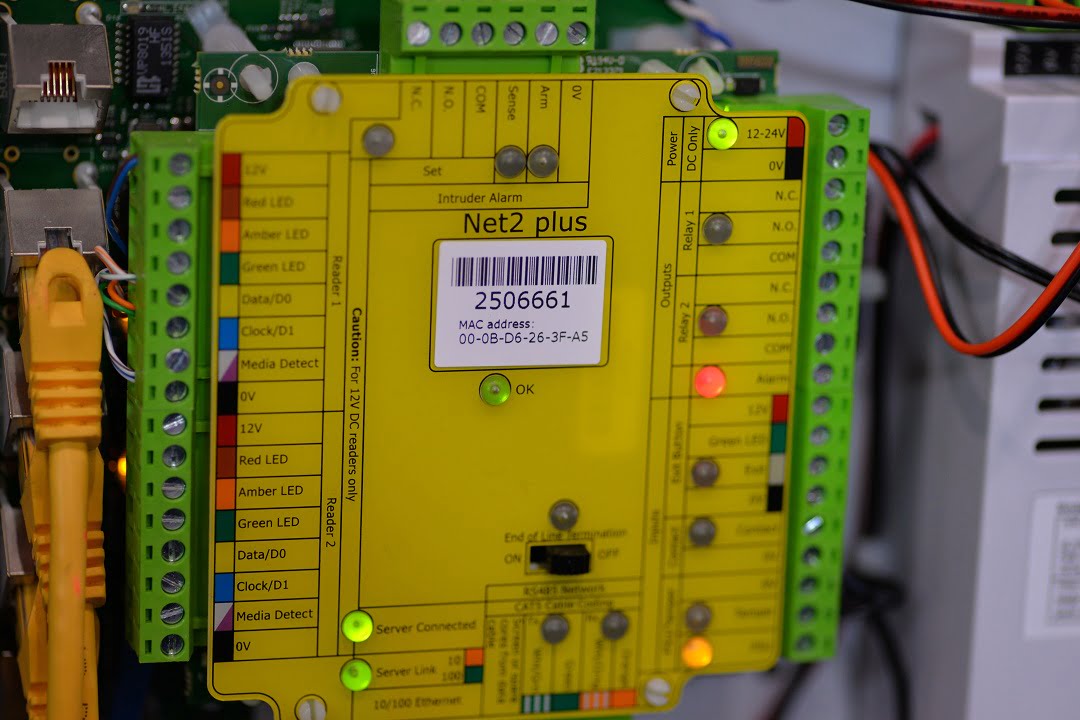
Paxton Net2 plus
Also taking access control to new levels of simplicity was Paxton’s Net2 plus IP access control, alarm and intercom system, which is distributed locally by Security Distributors Australia. Paxton Net2 plus, which is further empowered by a great software management solution, was a bit of a revelation to me, though I’ve seen it before. The Net2 Plus supports 500 doors, 50,000 users, has a 5-year warranty, flash memory and the ability to use Paxton or 3rd-party readers. Well worth a look for those installers interested in adding access and intercoms to their alarm installation business.

On the Mainline stand I got a look at OMGATE, which is a system that allows your gate to open when you arrive with no need to press buttons or muck about. There’s an OMGATE controller with wireless connectivity that links to the gate controller and everything is handled by app. Mainline was also showing the Genesis Series II IP 4-door controller and 1-door controller.
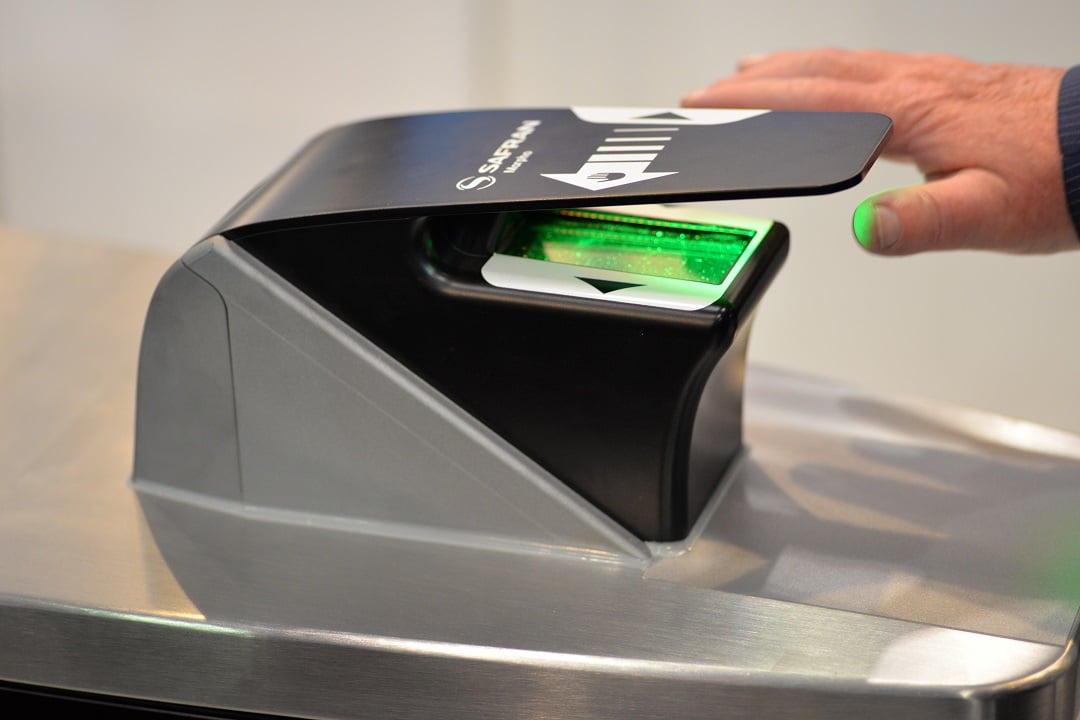
Something else that was noteworthy in access control was Safran’s MorphoWave biometric reader, which features high-speed touchless fingerprint matching. Users pass their hand over the MorphoWave sensor, making no contact with the sensor making for frictionless access control at secure locations. The technology was designed with all key interfaces allowing direct and easy integration into existing access control and time and attendance systems. Neat too, the reader can run standalone as it did at Security 2015, to provide highly secure access control levels. Registration was easy and authentication was fast and accurate. A couple of people, myself included, tried to trip over MorphoWave without success by moving our hands more quickly.
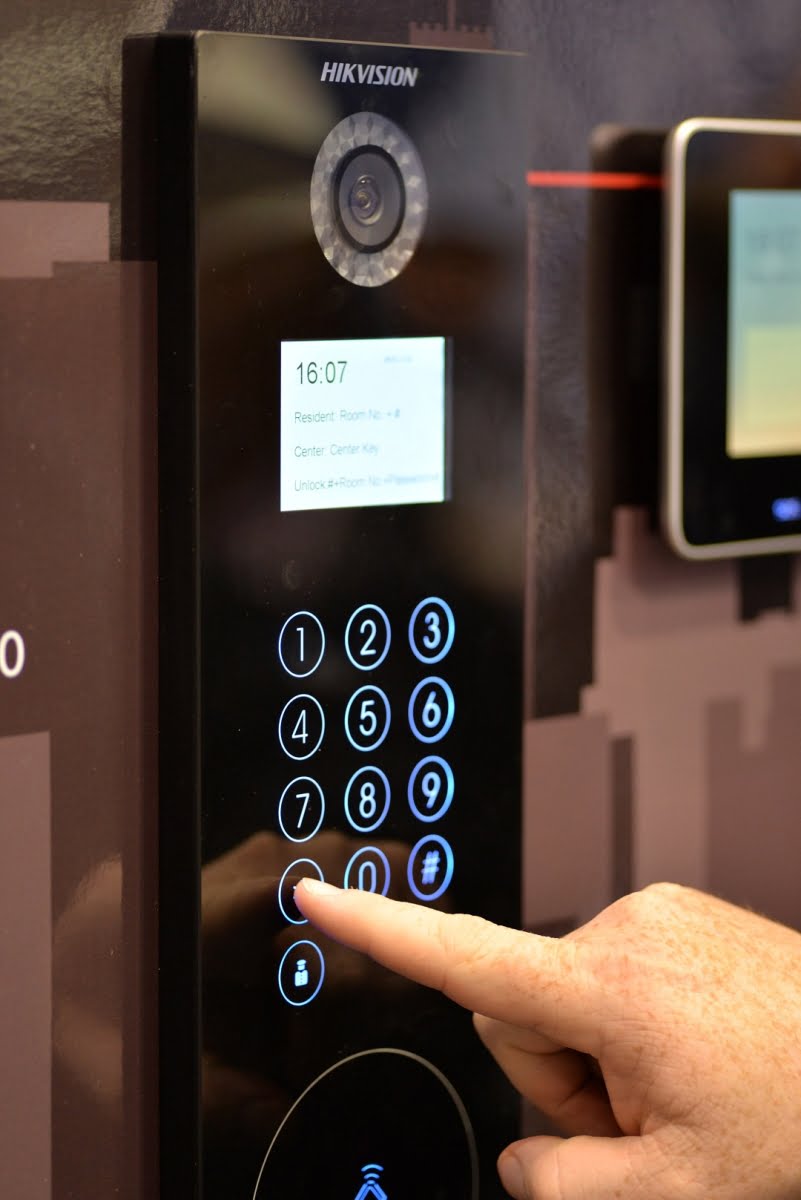
When it came to intercoms, there was plenty on show. Maybe Hikvision’s new intercom on the CSD stand was the most notable. It was handsome, complete seemed very strongly built and is likely to be price competitive. I also noticed intercoms on the Axis stand, the Mobotix stand, Net2 plus, as well as MiVision intercoms on the Mainline stand.
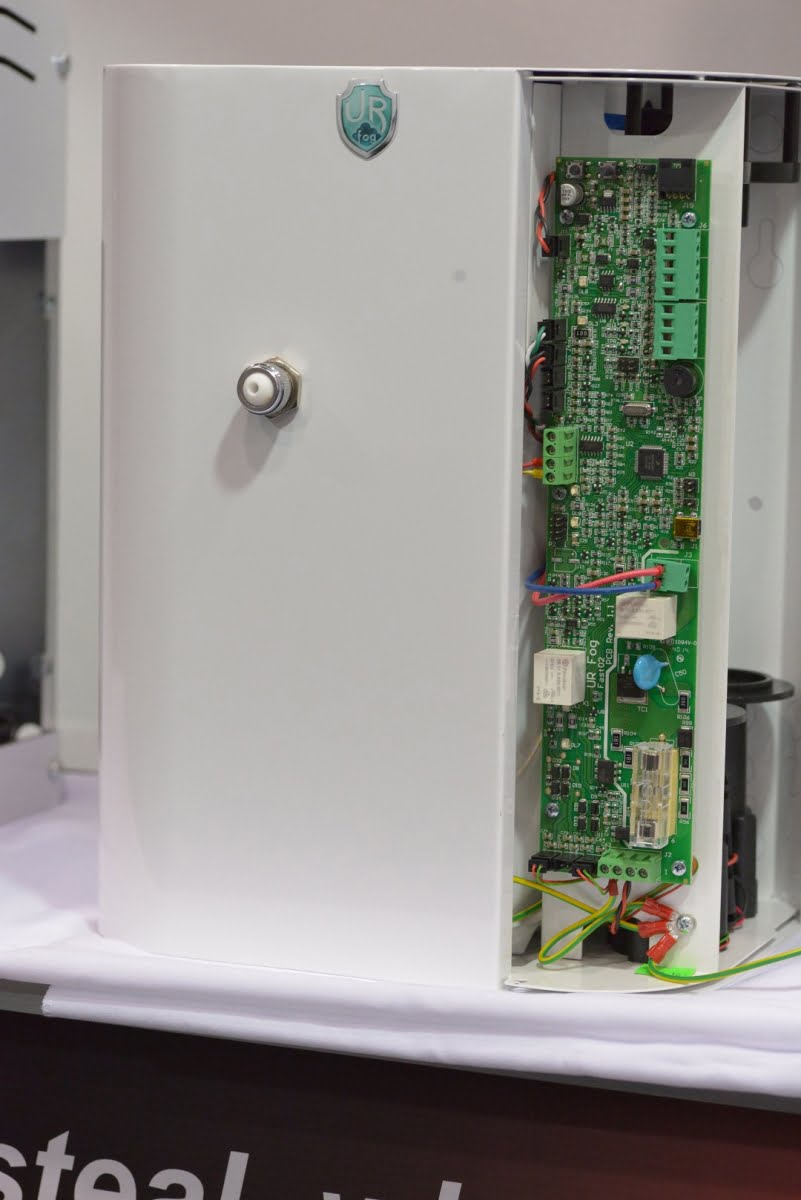
The Fog was another product I liked at Security 2015. These glycol-based devices have been around a while but The Fog is notable for a range of sizes to suit vulnerable retail outlets or high value merchandise stores. I think what attracts me to The Fog is that it has the capability to respond to an attempt on human life by generating a blinding fog through which an attacker cannot see, so must retreat.
Electronic security systems are reactive, not proactive and we’ve seen a number of incidents in which there’s been great loss of life that may have been averted by solutions like this one. Any system that makes occupants more or less invisible for 5 minutes while emergency services are summoned makes a lot of sense in small and medium-sized spaces. It’s painful to say this but in the event of an attack with firearms when the attackers’ only goal is to cause maximum loss of life, products like The Fog have serious merit, in my opinion. There’s really no other useful form of response that’s not armed teams onsite.
We’ve been living with different types of cloud-based solutions for a while now and one of the cleverest and most worthwhile I saw at Security 2015 was RiskWorks’ Procedures Online (POL) app. It might seem somewhat oblique to folks on the technology side, but procedures are the things that take over after electronic security systems have done their job. In the past, procedures might have been committed to memory or stored in vast bibliographies behind a security manager’s desk, as mystical and remote as books of runes.
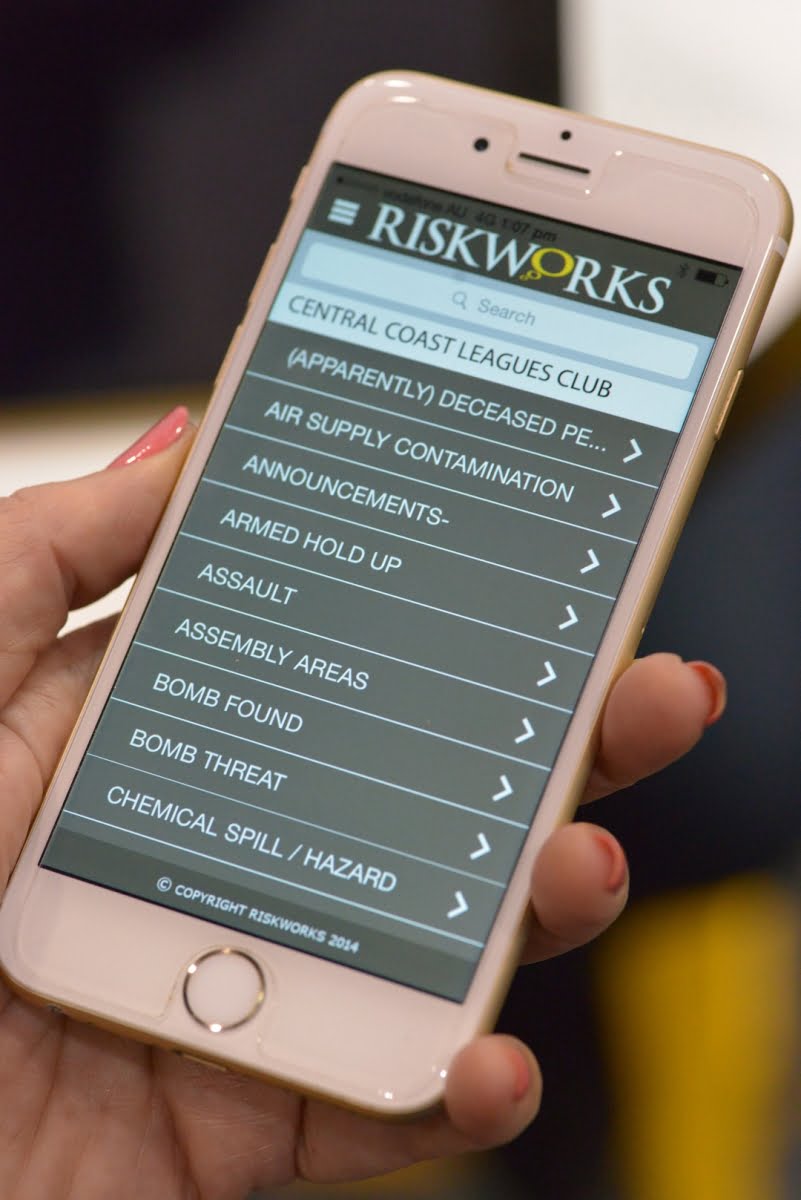
POL takes the procedures for every conceivable incident a site or organisation might face and presents them as an app on any authorised mobile device. It’s deceptively simple. Whatever the event – an alarm intrusion, a fire, a lost child, an injury, a lift failure, an assault on the premises, a flood, a gas leak – you call up the app, tap the incident heading and the procedures unfold before your eyes.
POL is as useful for security managers as it is for a facilities manager, a security officer, a fire warden, or simply for informing emergency services arriving on site after an incident. POL is built on RiskWorks long experience handling risk management for blue chip clients – there’s nothing Johnny-come-lately about it. POL is simple and it’s awesome – every organisation should be using it.
Video surveillance
When it came to video surveillance, what I noticed that was new was the presence of H.265 from Vivotek, Etrovision, and Samsung with iPolis. Other developments came in H.264 with SMART H.264+ from Hikvision and ZipStream from Axis – those last 2 are compatible with everything H.264, so the benefits are immediate. I’ve not looked at SMART H.264+ yet but if it’s anything like Axis ZipStream, it will make a big difference in bandwidth and storage.
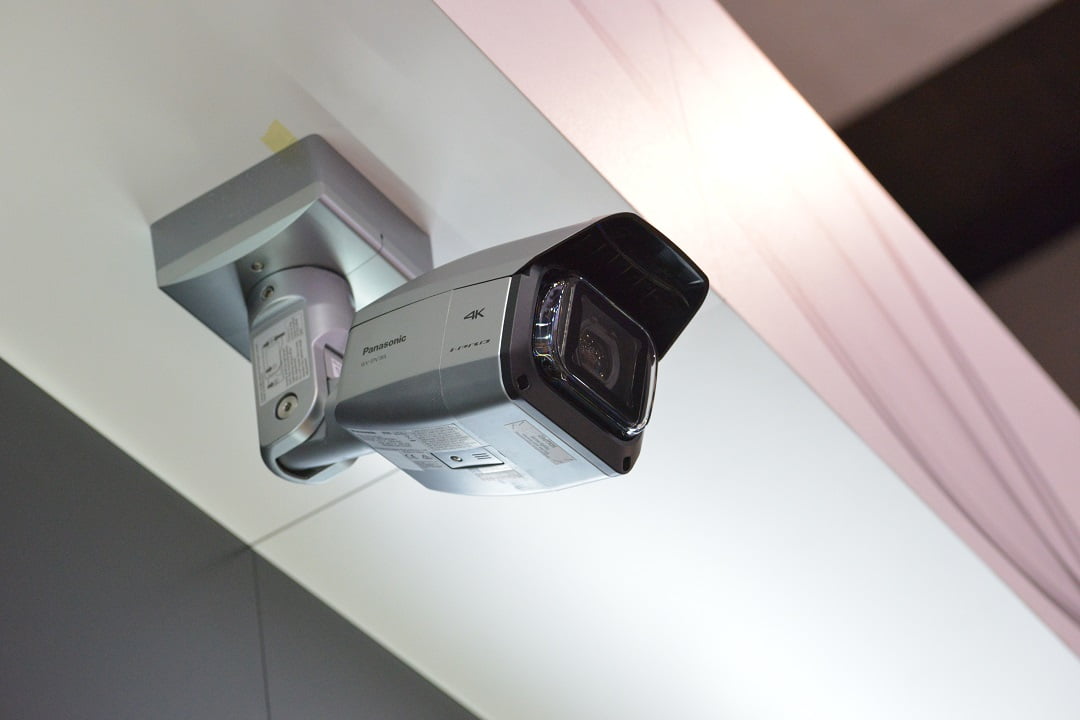

Another big thing was 4K from Dahua, Hikvision, Sony, Samsung, Panasonic, Uniview, Bosch, DVTel and others, including OEMs like Mainline with its MiVision IR bullet. It’s true not many VMS solutions can handle 4K resolutions – Genetec was showing this capability on its stand at Security 2015 – but I think it was a pointer. For a little while I’ve been sold on 4K thanks to its ability to enliven digital zoom. It’s not for every application mind you, but for deeper scenes in light down to 15 lux or so there really is nothing like UHD that’s not an optical PTZ.
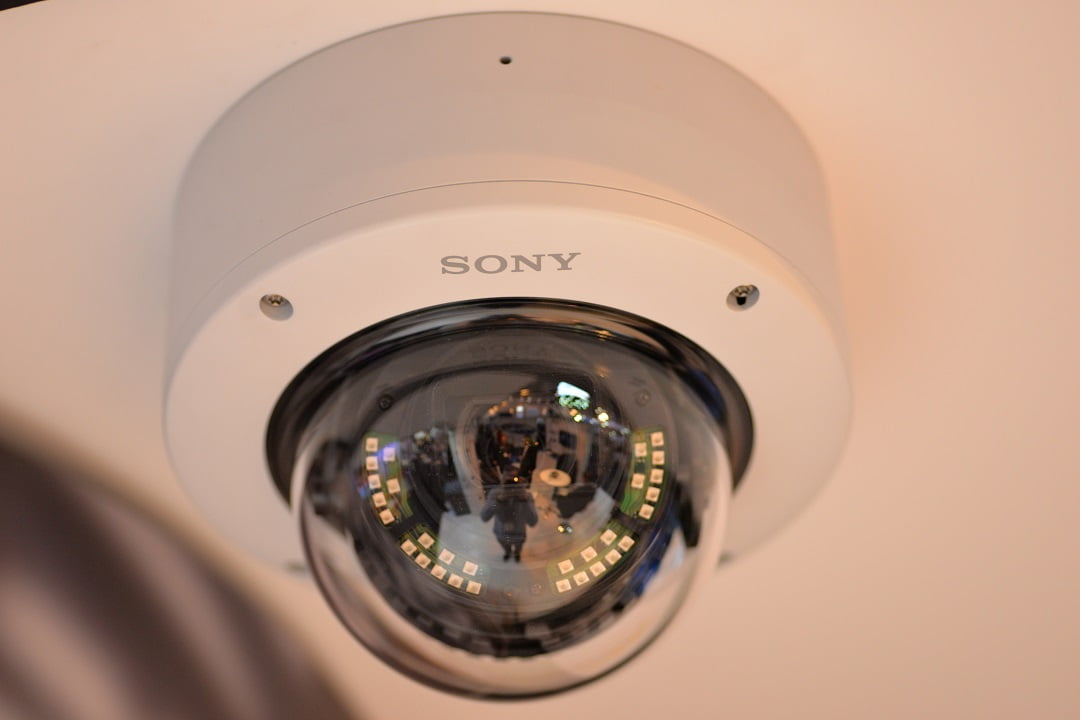
Of the 4K cameras I looked at, Sony’s SNC-VM772R camera stood out for me in terms of its image quality, low latency and colour rendition. The Sony team was also testing the new 4K camera in a dark box and to show off the power of the back illuminated 1-inch 20MP Exmor R CMOS image sensor. Something I missed at the show was Avigilon’s 7K camera which took out a best product award – I’ll hopefully get a chance to see it at SIG.
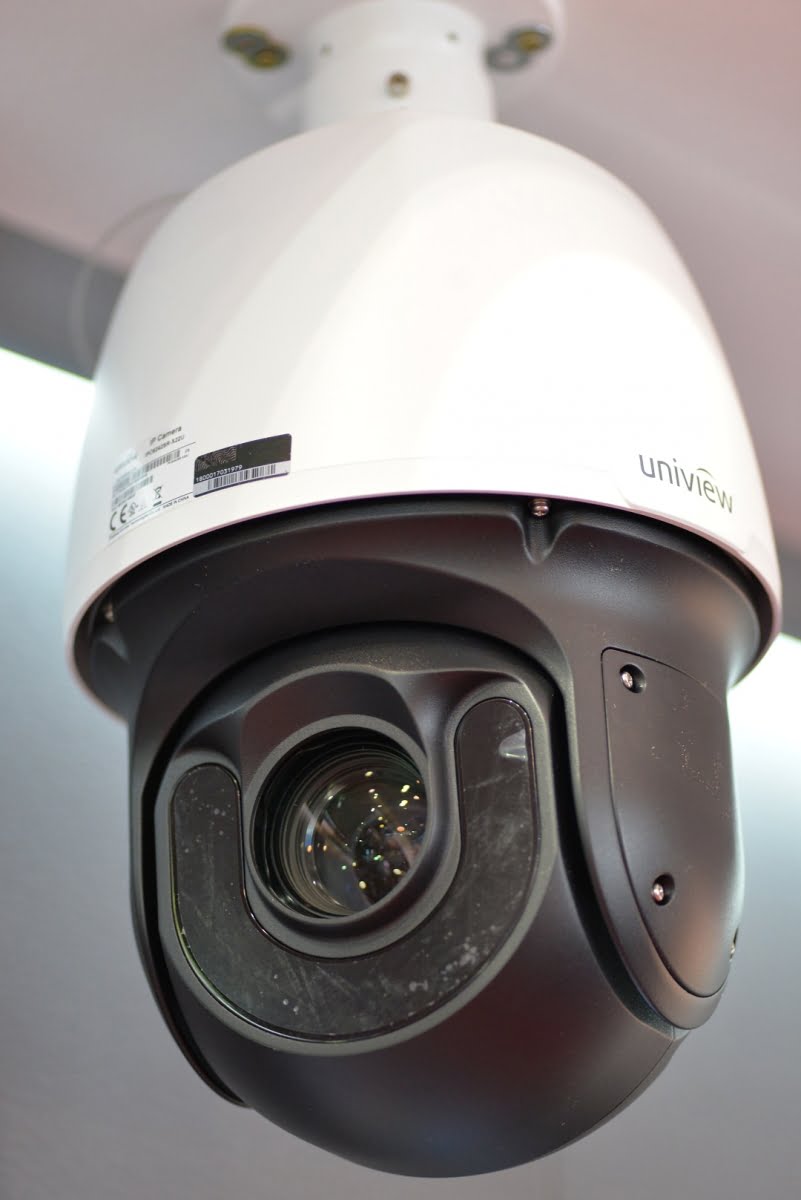
PTZs – there were plenty of them and they are wonderfully powerful and very affordable. Hustling 30x zooms, rugged housings and in many cases IR arrays (Hikvision has IR and laser) with hundreds of metres of coverage, the current crop of PTZs have got it going on. For applications where you’ll have manned surveillance, it’s impossible to go past a combination of a quality fixed wide angle camera and a tough and optically stellar PTZ. Alongside PTZs there were a growing number of cameras with multiple camera heads.
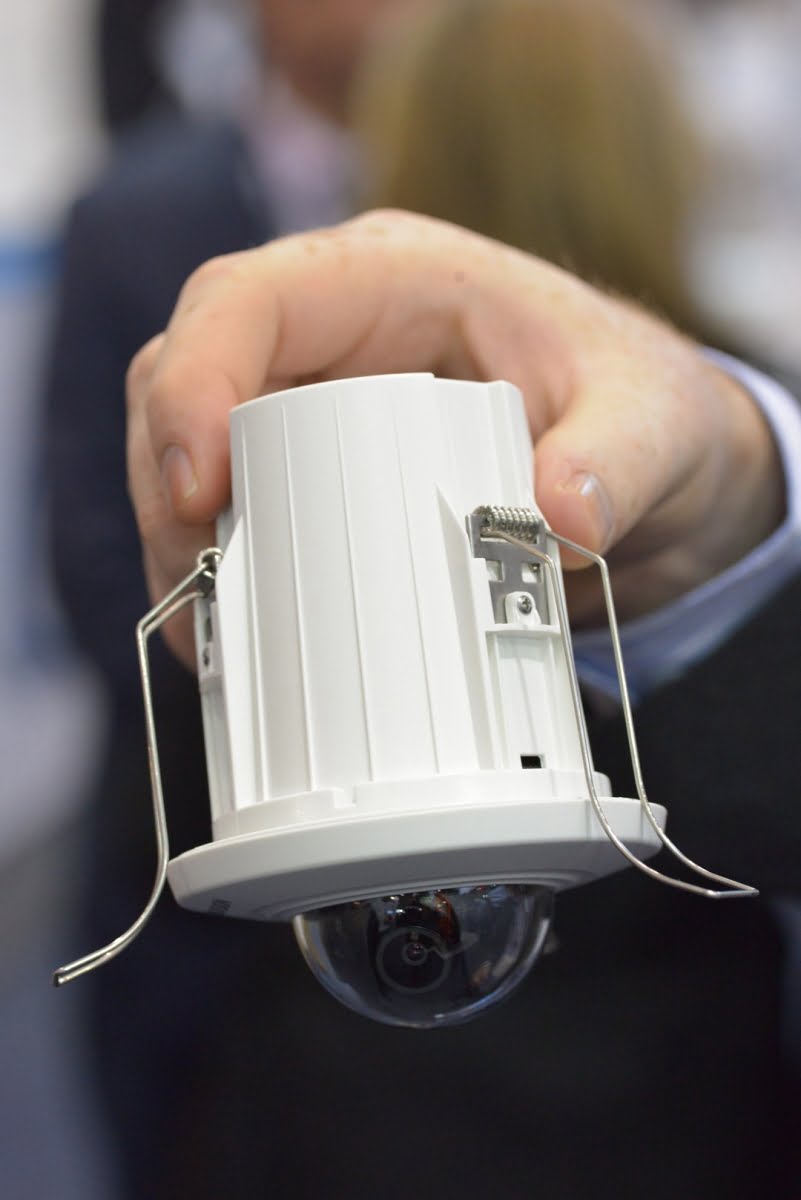
Hikvision downlight-style fixed dome
QSS launched the affordable new FLIR IP Visual bullet, dome and PTZ cameras and recorders with 1-5MP resolution cameras, third-party VMS software compliant/ONVIF and remote cloud based viewing via iOS, Android, PC and Mac. Uniview was on the C.R. Kennedy stand – in the flesh these are nicely made cameras with good specifications and looks. I’m keen to test one to get a sense of their performance.
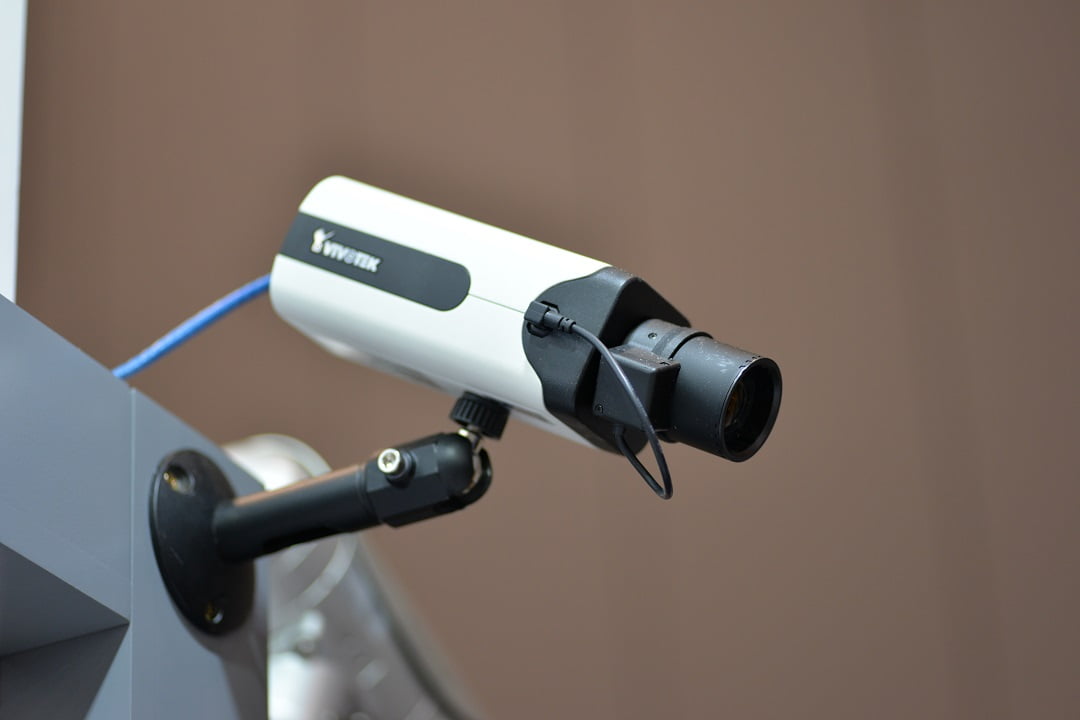
There were new Illustra cameras from Tyco on the Hills stand. As well as its new Vivotek range, Hills also had Genetec, Mobotix, Panasonic, Interlogix, Arecont Vision, Tyco Security Products, Juniper, Pacom, Xtralis, Xandem, Optex and all the rest. The busiest stand at the show – probably, yes.
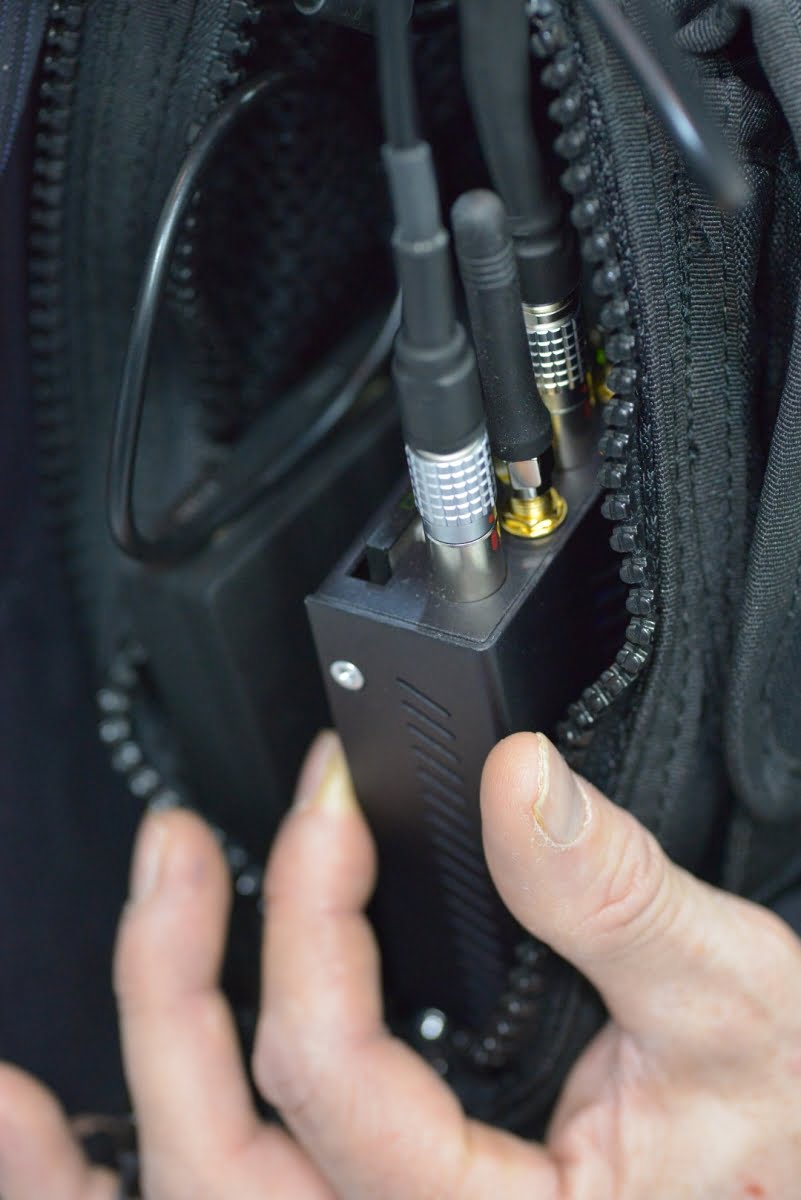
Something else that was interesting at Security 2015 was the MiVision range from Mainline – it covers all the usual bases and some higher end stuff, too.
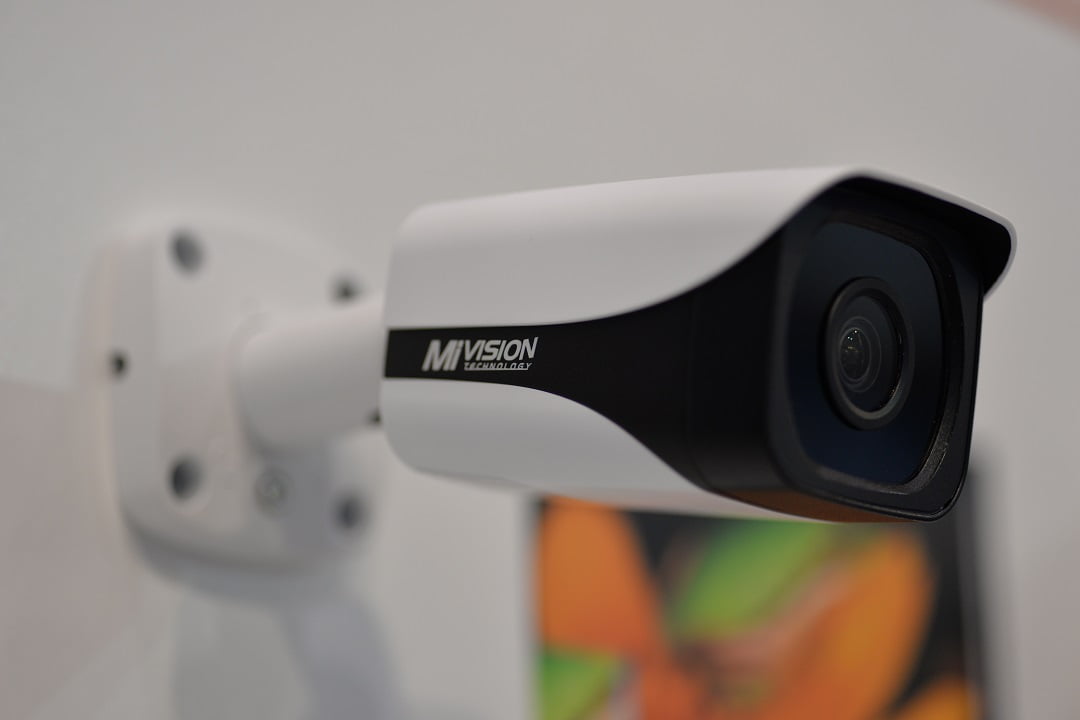
C.R. Kennedy had the 3rd Generation of the Dallmeier Panomera multi-sensor CCTV camera system which now features ultra-low light capability and even higher resolution – up to 149MP at 25 FPS. Seadan was showing Dahua’s long range 2MP analogue HDCVI technology, 4K, IP solutions in dome, box, bullet and PTZ cameras as well as NVRs and DVRs. It also showed the Pelco range including Evo 360, the Sarix Series, the Spectra and Digital Sentry range. Seadan was showing Pelco’s new Optera camera, which Pelco describes as offering a panomersive experience. Seadan was noteworthy for its growth and the professionalism of its display and staff.
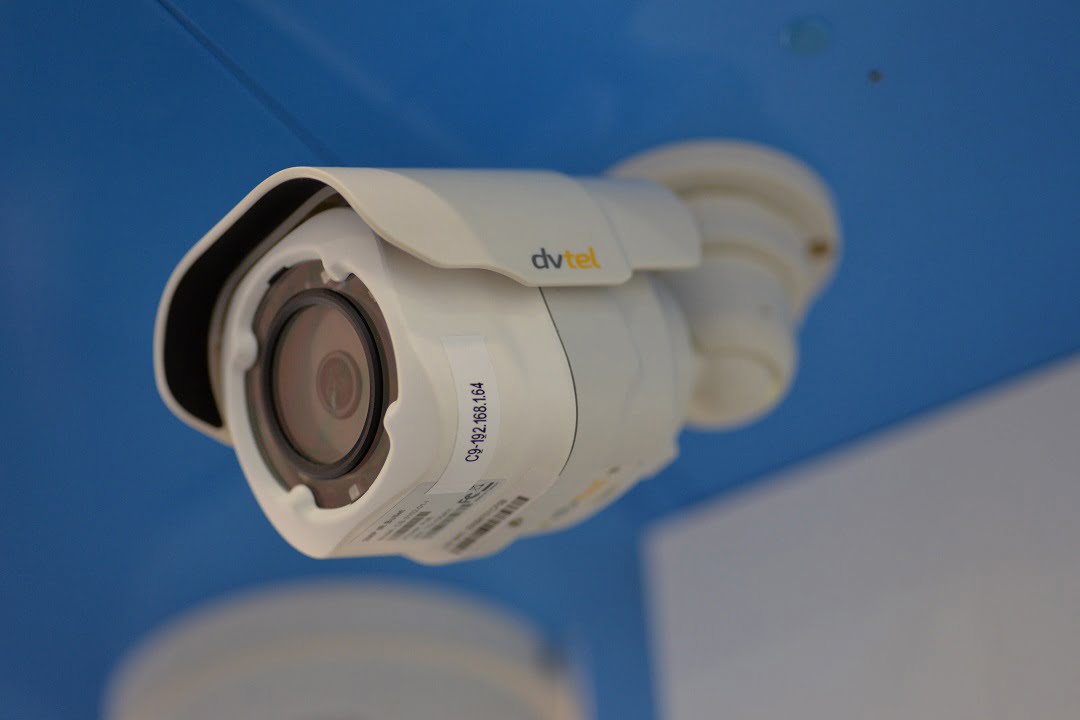
We test a lot of full body cameras at SEN and that’s simply because it’s easier to move a camera and tripod around between scenes on the end of a 20m cable. But as some people have observed to me recently, full body cameras are the smallest part of the camera market. Walking the floor, I think this observation is correct but in the right applications, a high quality fixed camera is superior to the compact or dome cameras I see. It comes down to dollars and the demands of the application.
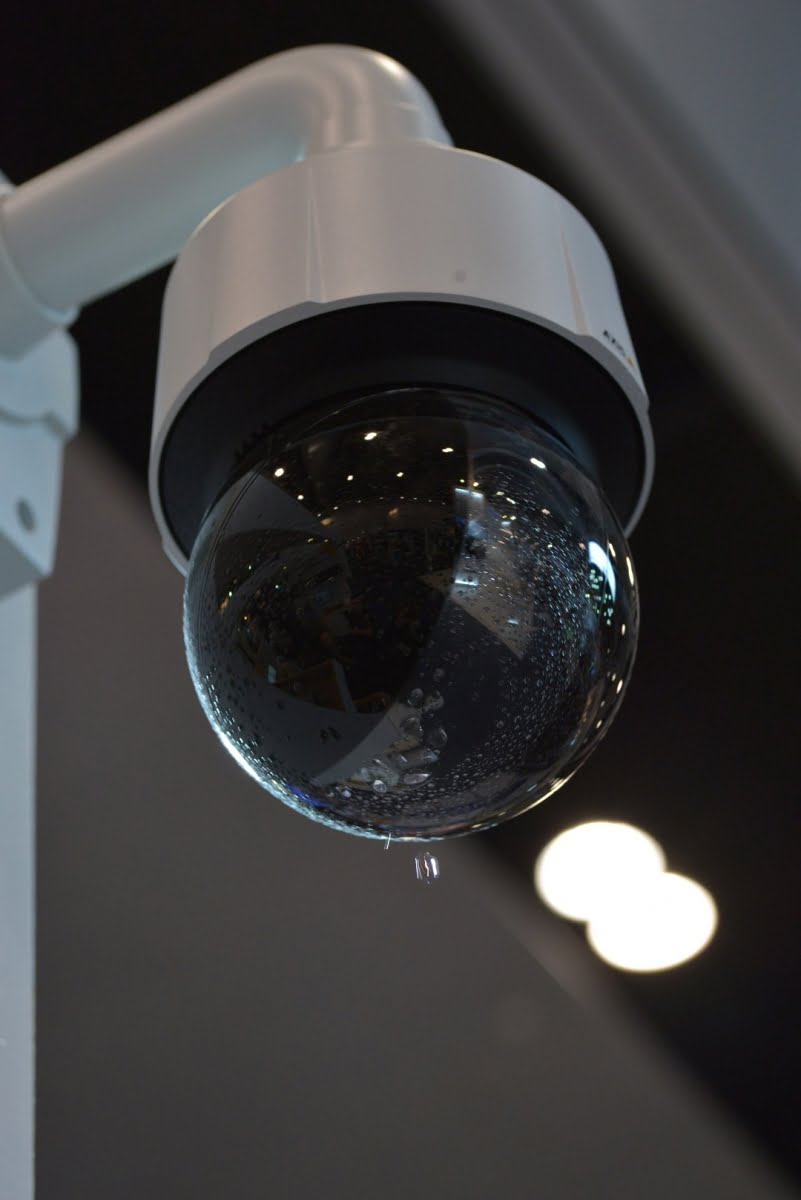
There are too many cameras at Security 2015 to adequately cover in a review like this one. Something I notice is that all the manufacturers now have very wide ranges, some of which are designed for specific verticals. Axis probably does cameras for verticals the best, in my opinion. Hikvision’s range is also very large and Panasonic, which released a heap of new cameras this year including, also has some specialist cameras.

One IP camera I saw (I can’t recall the brand so email me and I’ll add it here) was designed with a fast frame rate and the ability to capture licence plates – no need for expensive and specialised cameras to handle the job. Pelco showed some new cameras, too, as well as powerful new software applications. Speaking of software applications, someone said there was less IVA at Security 2015 – perhaps it’s true it was less front and centre but products like Briefcam were there and are showing promise in real world applications.

Canon had new things, including a great low light camera that was especially appealing. Canon has its own way of designing cameras and revealed some great looking solutions at Security 2015 – not just internal and transport cameras, but powerful PTZs as well.

Genetec flying high above St Kilda Beach, Melbourne
VMS is always a key area. We saw the latest version of Security Center from Genetec, which is more capable than ever, Sylo’s AxxonNext, which combines powerful management with genuinely capable IVA, Camvex was on display, DVTel was showing its latest management solution. Honeywell HUS was also flexing muscle at Security 2015. Synology Surveillance Station 7 was on the CSD stand and we’re looking forward to reviewing it next issue.
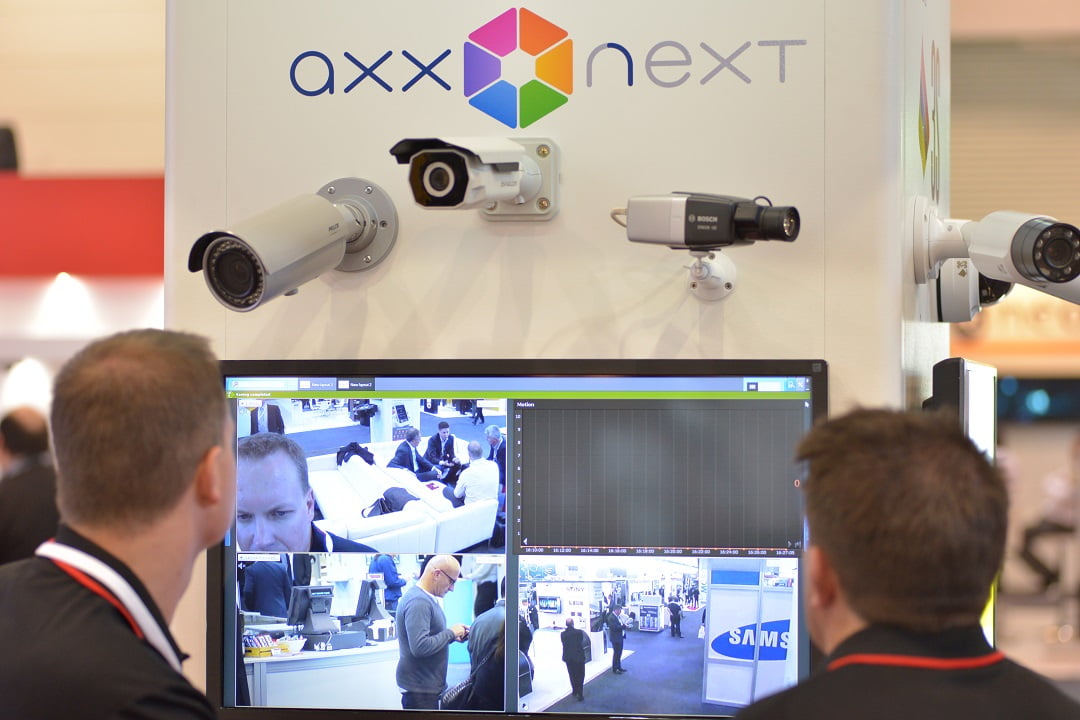
Conclusions
Trying to decide which of all the products at Security 2015 was the best is tough to do. There’s a tendency to lean toward Ness Mezzo. When I was on the Ness stand an installer said “Finally, some innovation in the alarms industry” and while the home automation market is actually awash with innovation, Mezzo is a worthy solution, clever and beautiful.
I liked Safran’s MorphoWave biometric reader. It’s fast – faster than a prox card – MorphoWave is the best biometric reader I’ve ever used. VESDA VLQ by Xtralis and Heitel mobile/wearable everything for police or security personal also caught my eye. Inner Range’s Inception – a year or so ago I considered it Best Un-released Product of the show and it’s a much better solution now than it was then.
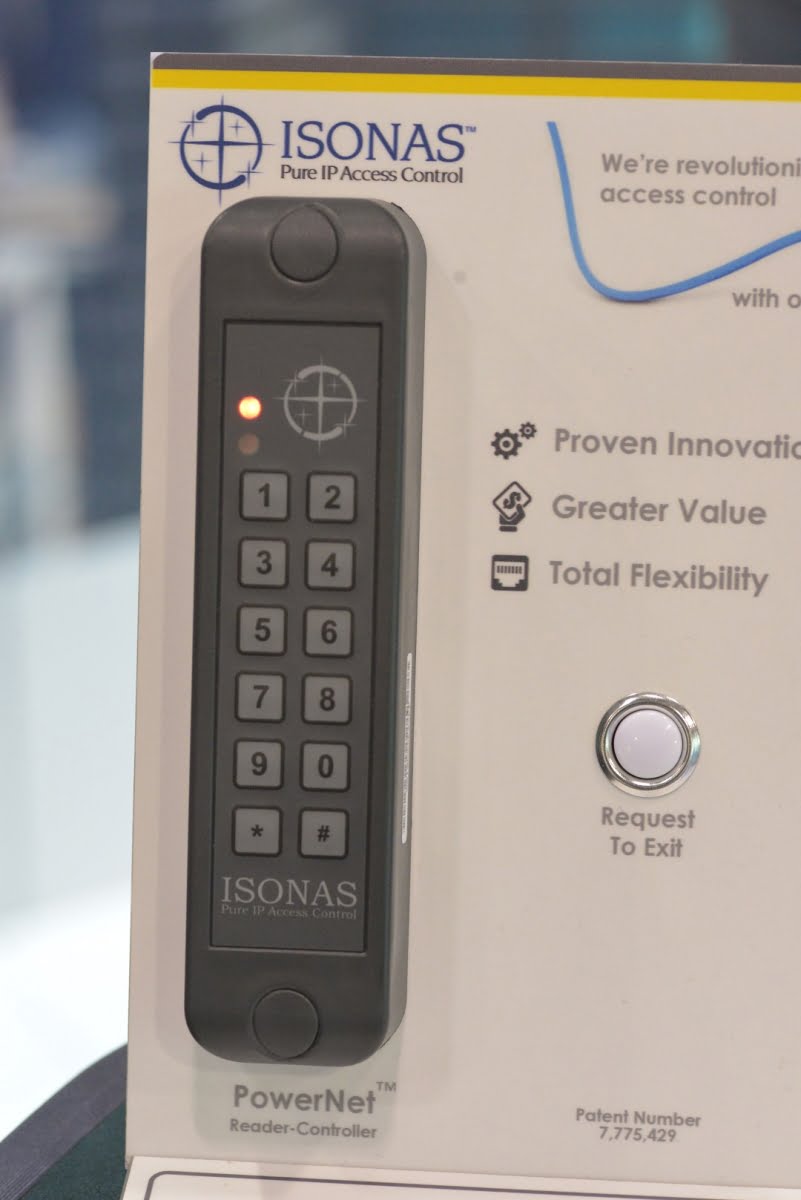
ISONAS IP-based reader controller shown by Brassets was another very clever thing in access control. Axis ZipStream and Hikvision Smart H.264+ are also key developments that make a real difference right now. I thought Dahua’s integrated tester was a great tool and I liked Dahua’s thermal camera.
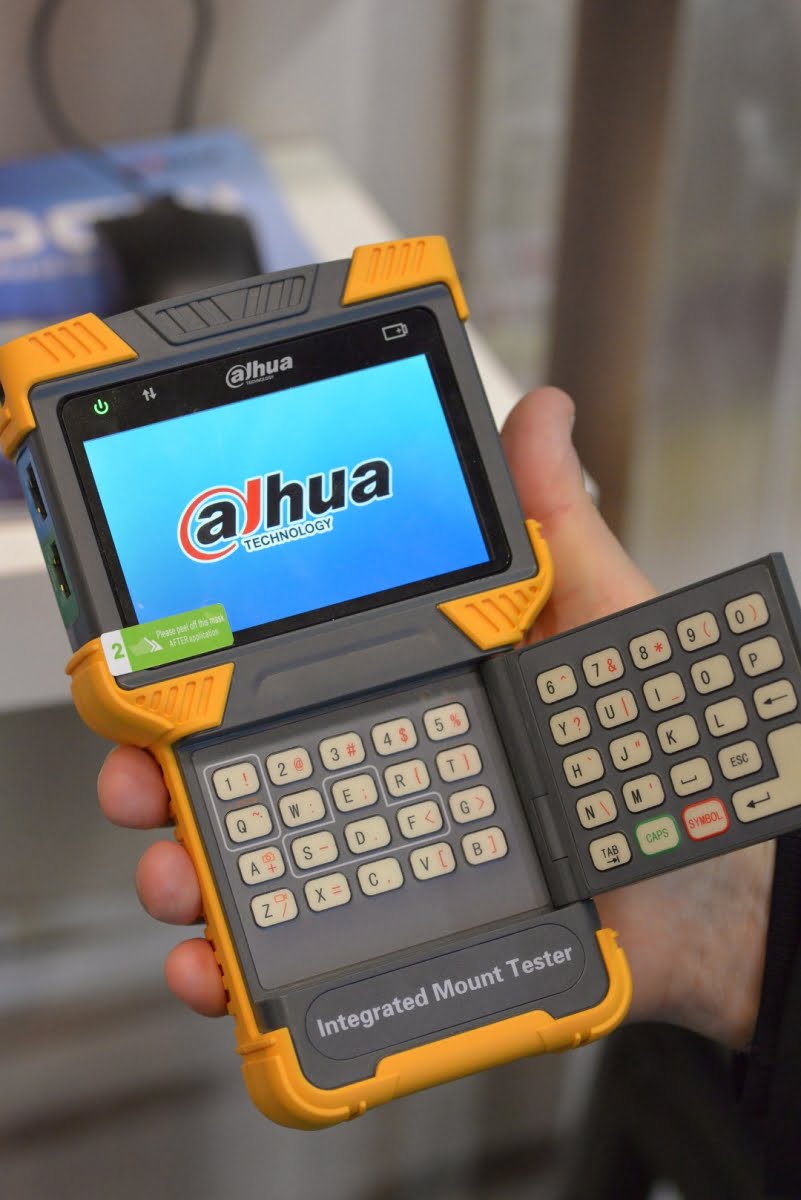
Then there was RiskWorks’ Procedures Online app. POL deserves plenty of approbation. It’s one of those rubber-meets-road solutions – a powerful interface between technology and humanity. Of the 4K cameras, I liked Sony’s SNC-VM772R.
Best in show? I can’t put space between Axis Zipstream, Ness Mezzo, RiskWorks’ POL, Safran MorphoWave and Inner Range Inception.♦
By John Adams



